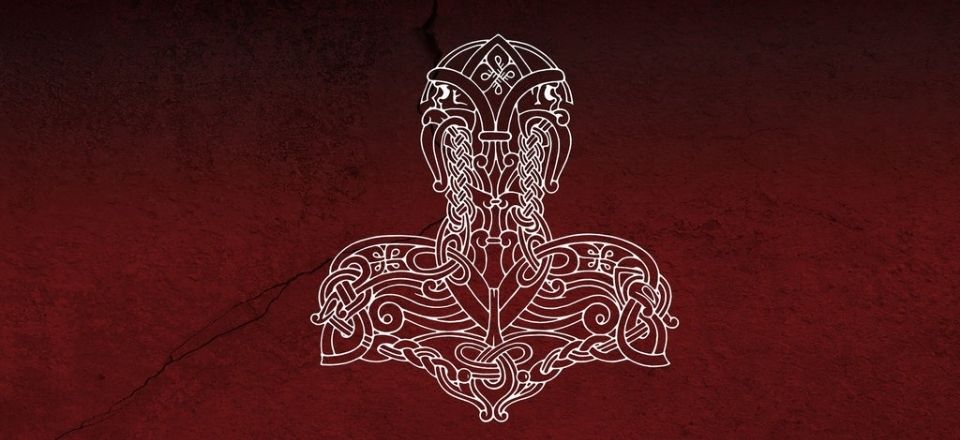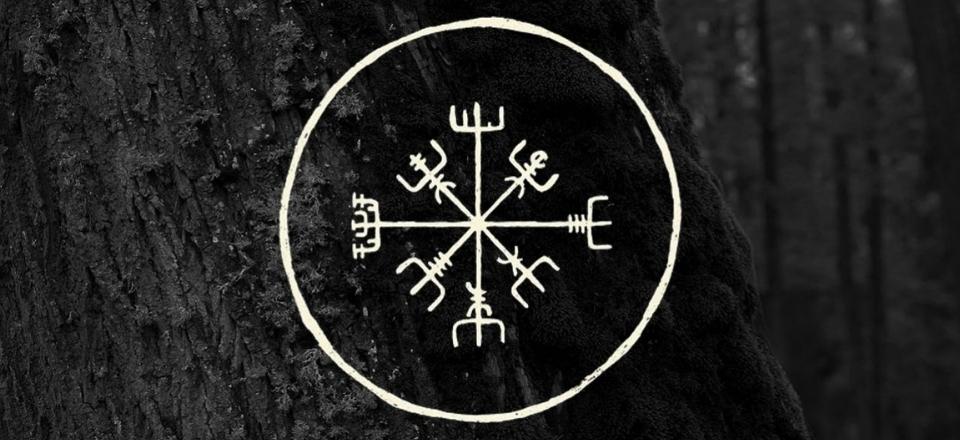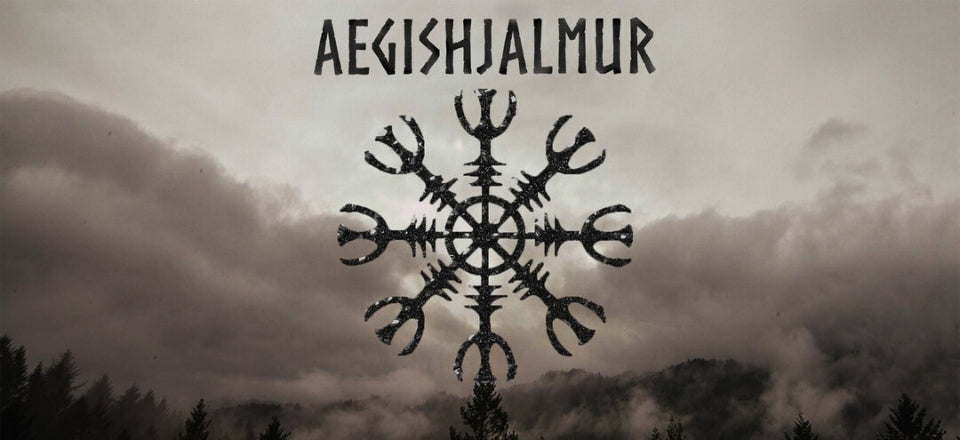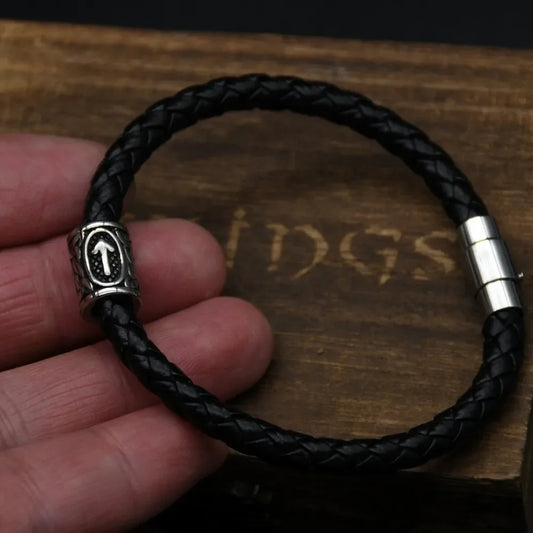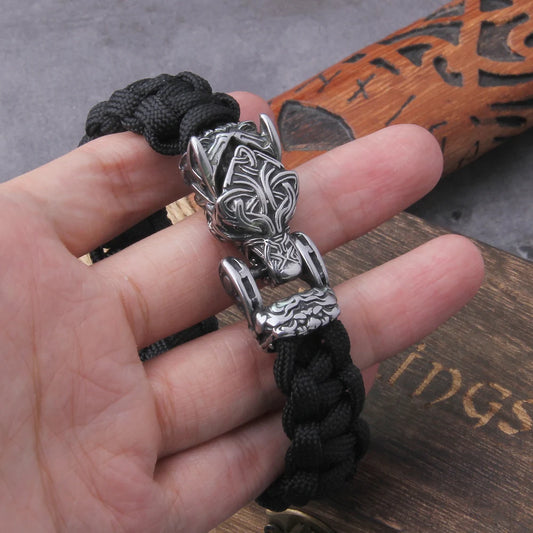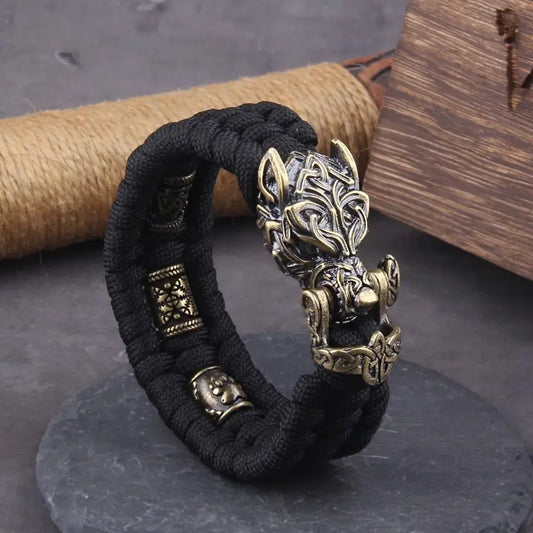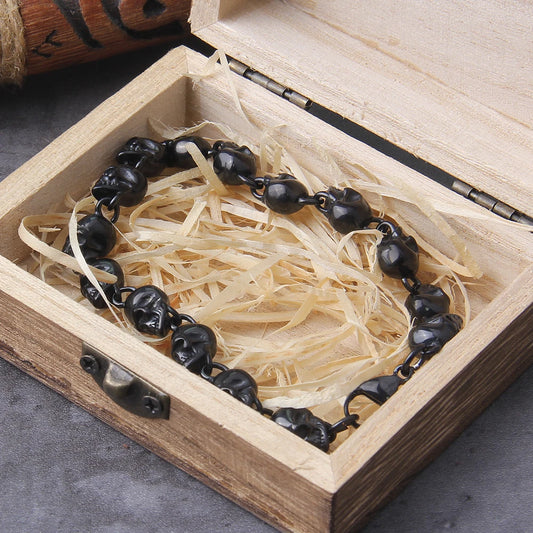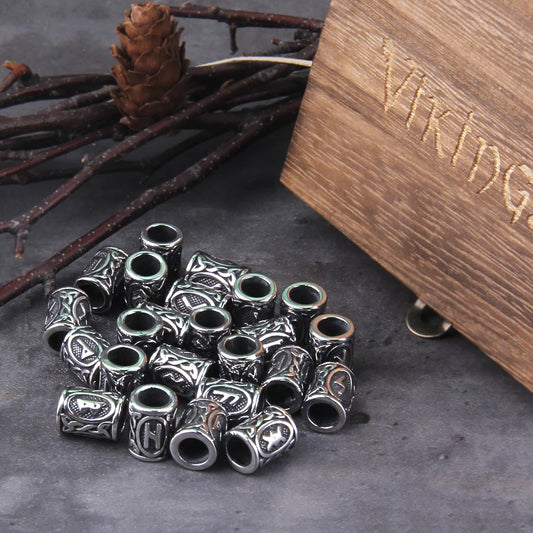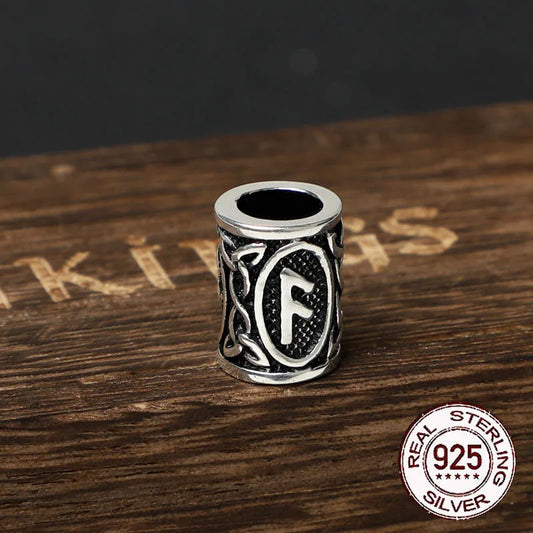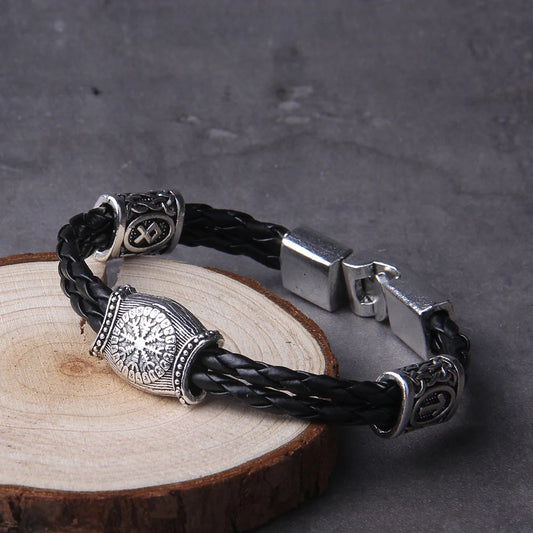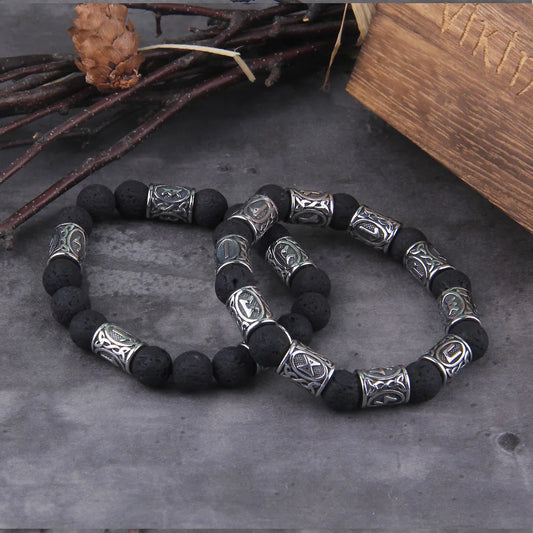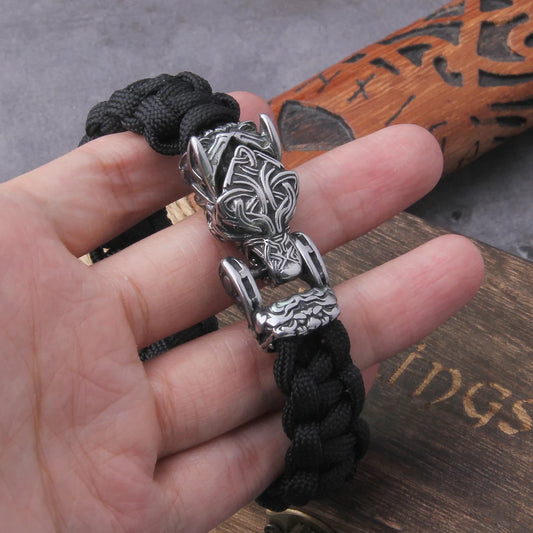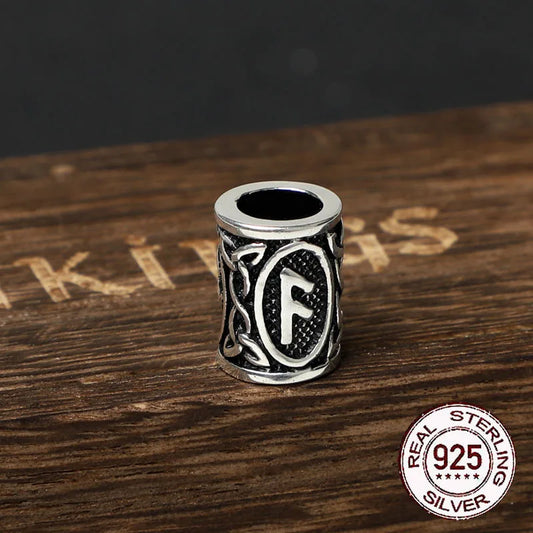Mjölnir (Icelandic; from Old Norse Mjǫllnir, meaning "lightning") is the name of a war hammer in Norse mythology, which is the magical weapon of the god Thor, with which he fought the enemies of the gods, especially the Jotnars (giants) and the Midgard Serpent.
The creation of Mjölnir
Snorri Sturluson tells in his Snorra-Edda (in the Skáldskaparmál) about the creation of the hammer. Mjölnir was forged by the two dwarves Sindri and Brokk and has the ability that when thrown, it never misses its target and returns to the hand of the thrower.
Originally, Mjölnir was supposed to be a kind of sledgehammer with a long handle. Loki, however, bet Brokk his head that the gods would not like his gifts. Afraid of losing his head, Loki stung him in one eyelid while disguised as a fly to distract him from his work on the bellows and thus mess up the forging.
This greatly shortened the handle. Nevertheless, the hammer was the best gem. And Loki, who could talk his way out of his punishment, had his mouth sewed up.
Mjolnir's theft and recovery
The þrymskviða, a song of the Elder Edda, recounts the theft of the hammer by the giant Thrym. In return for the hammer, which is vital to the gods, the giant demands the goddess Freya as his bride.
Since the goddess flatly refuses the agreement, Thor and Loki are sent to the realm of the giants disguised as bride and bridesmaid in women's clothing. The giants soon discover the deceit, as Thor devours almost everything that is served at the feast far too quickly.
But Loki cleverly claims that the bride has fasted for a very long time and that is why she has such a big appetite. In this way, Thrym is outwitted until, according to ancient custom, the hammer is placed in the lap of the "bride" as a sign of blessing. Again in possession of his miraculous weapon, Thor slays the giant and his clan and returns victorious to Asgard.
Meaning and Symbolism of Mjölnir
Mjölnir has also been the symbol of Thor and was worn as an amulet around the neck. Cast iron Thor's hammers mounted around iron neck rings were found in cremation graves in the 9th and 10th centuries, mainly in the Svea area, in central Sweden, on Åland and in Russia.
About 50 silver Thors hammers have been found from hoards, graves or settlements. They are mainly found in southern and central Scandinavia and Iceland. They can be dated to the 10th century and on Gotland to the end of the century. Some finds come from Poland and England, some of which are made of amber.
There are many different forms of hammer amulets, for example, the Skåne hammer. From the transitional period between pagan and Christian beliefs in Scandinavia, amulets have been found which could possibly represent a response to the Christian cross.
Nowadays, such hammer amulets are sold in various forms as genuine replicas based on historical models or as imaginative new creations. Numerous people around the world wear Mjolnir pendants without religious or ideological symbolism, apart from an attachment to Nordic or Scandinavian culture and history and interest in the Viking Age.


